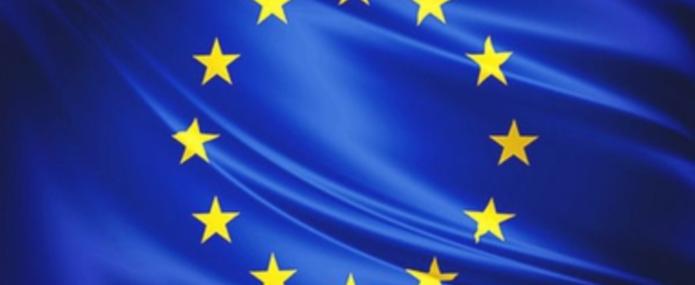While the European Union is debating its future and attempting to define its policy priorities for the coming decade, it must—at the same time—draft its next financial framework for the post-2020 period. As the Multiannual Financial Framework (MFF) 2014-2020 is nearing completion, discussions concerning its successor have begun; on February 27, 2018, EU leaders will meet informally to discuss these issues. In a context marked by Brexit and the intensification of security and defence issues, environmental issues are still absent from the debate on the next MFF.
How can the EU budget become a driver of the ecological transition, both within Europe and with its partner countries as part of its cooperation policy? How can it become a driver of investment to put Europe on track to the international commitments it has made: on the climate in Paris in 2015, under the United Nations 2030 Agenda, or on biodiversity, at the Aichi conference in 2010 and at the Beijing COP15 in 2020?
It should first be noted that the EU budget is comprised of a multitude of programmes and funds, aimed at innovation, trans-European networks (energy, transport, communications), infrastructure in under-equipped EU countries and regions, farmers, or development in the countries of the South. It is therefore essential that all of these funds, and not just those dedicated to the ecological transition, contribute to this transition, or at least do not make it impossible, through long-term investments in fossil fuels, for example.
This environmental mainstreaming goal – which is central to the concept of sustainable development – has made headway in the MFF 2014-2020, in particular on climate issues and greenhouse gas emissions reductions. The EU set itself the target of spending 20% of its budget on climate action, a target which is likely to be achieved. Above all, this target, which runs through the whole budget, has led numerous funds to set their own targets and to measure their climate contribution. Increasing this climate target for the post-2020 period is therefore an important challenge for accelerating investment in a carbon-neutral economy and reaching the amounts required. Moreover, this raises the question of extending this target or setting others for adaptation to climate change and the protection of biodiversity and natural resources. In any event, this or these objectives applying to the budget as a whole will need to be translated into the different EU funds. And since the devil is in the details, special attention will need to be given to the definition, monitoring and reporting of expenditure considered to be green, both for the overall budget and within each fund. The transparency and quality of this information is essential to the proper functioning of the democratic debate.
At the same time, another question that must be addressed in the next MFF is that of the conditions that all investments must meet in order to be consistent with the long-term environmental targets. Mainstreaming does not imply simply ensuring a sufficient share of budget expenditure is invested in the ecological transition, but also guaranteeing that no expenditure makes it impossible to meet long-term environmental objectives. Currently, each programme and fund has its own “climate and/or biodiversity” conditions for its investment projects. The possibility of harmonising and reinforcing these rules will need to be discussed. One approach for infrastructure could be to draw up a list of investments excluded from any EU support, or receiving reduced EU co-financing that is due to diminish over time.
Whether or not it entails mainstreaming, the next MFF could be the opportunity to embed green taxation in the draft EU budget. Indeed, the EU intends to develop its own resources, which account for only a tenth of its budget today, with the rest coming from member state contributions. Several proposals are on the table for a European tax, such as a tax for web giants or a financial transaction tax (FTT). Some other avenues for greening taxation include: a common tax on energy, plastic, or airline tickets, auctioning of carbon allowances, or a carbon tax at EU borders that France continues to support. But the technical and political feasibility of these options remains to be determined.
To conclude, let us return to an anomaly of the discussions on the next MFF: how can the EU budget be defined until 2025 or 2027, when the policy priorities for the next decade have not yet been determined, and when the Parliament and Commission will be renewed in 2019? The debate on the future of Europe is far from over, and the EU has no strategy for 2030, where it had a Europe 2020 strategy when the previous MFF was adopted. This is a major scheduling issue.


